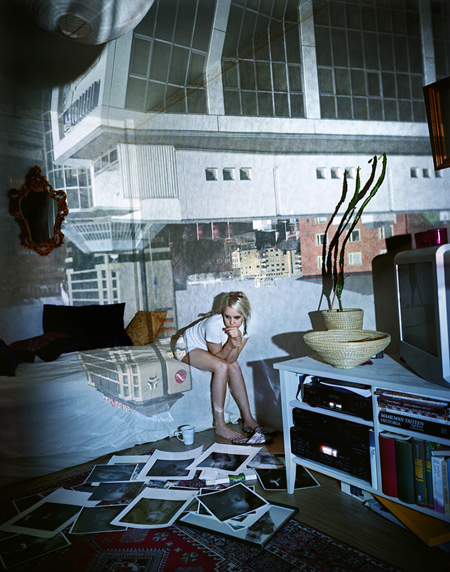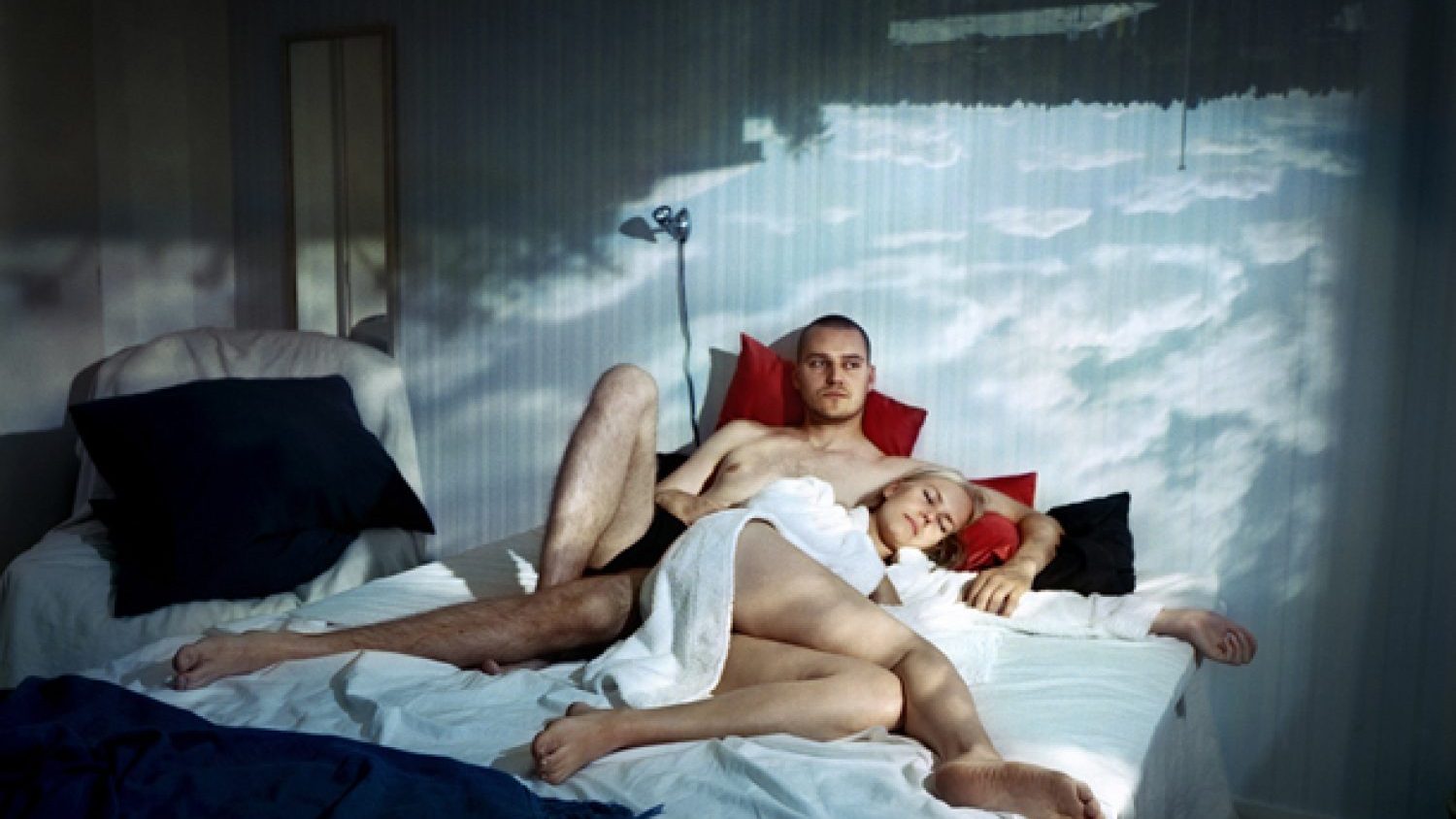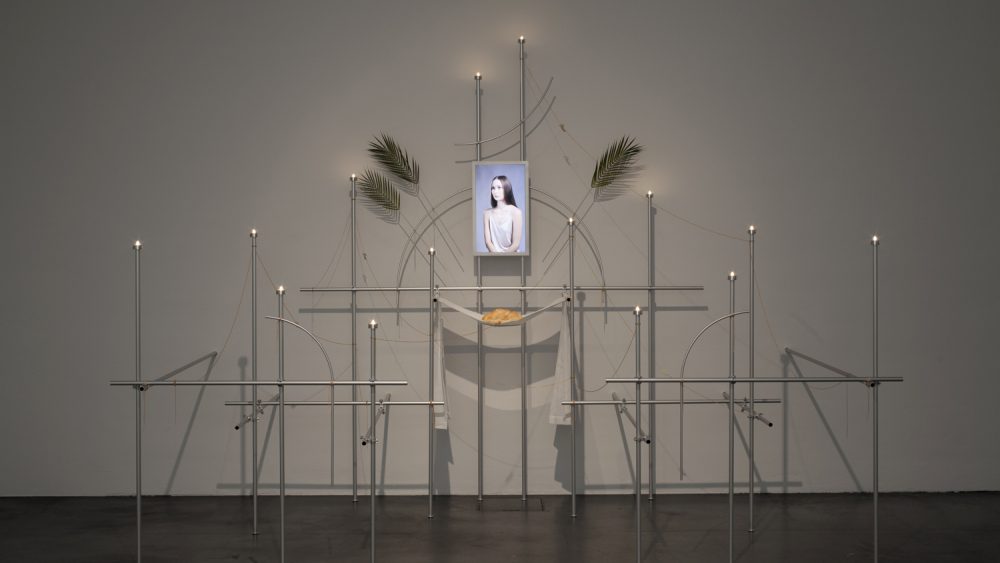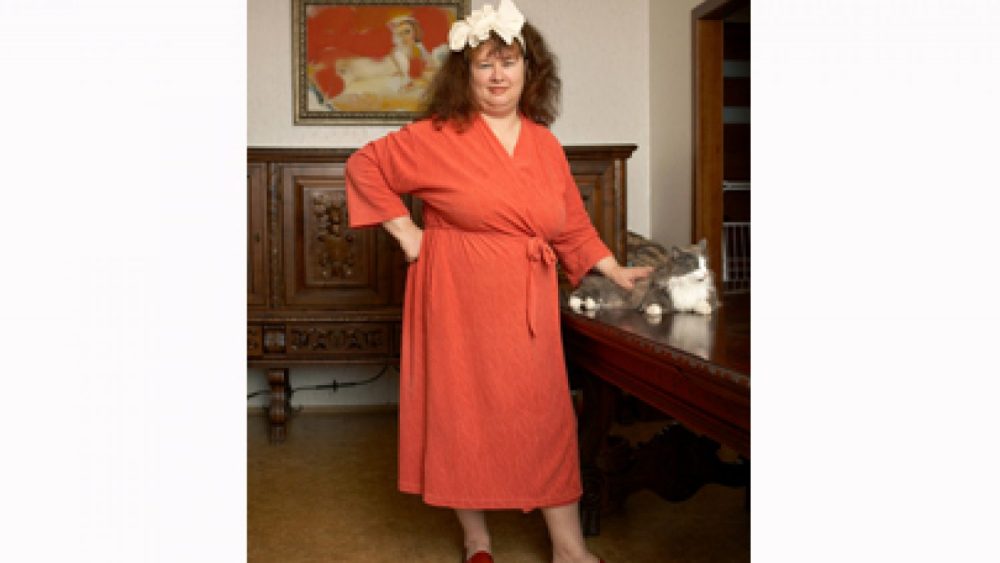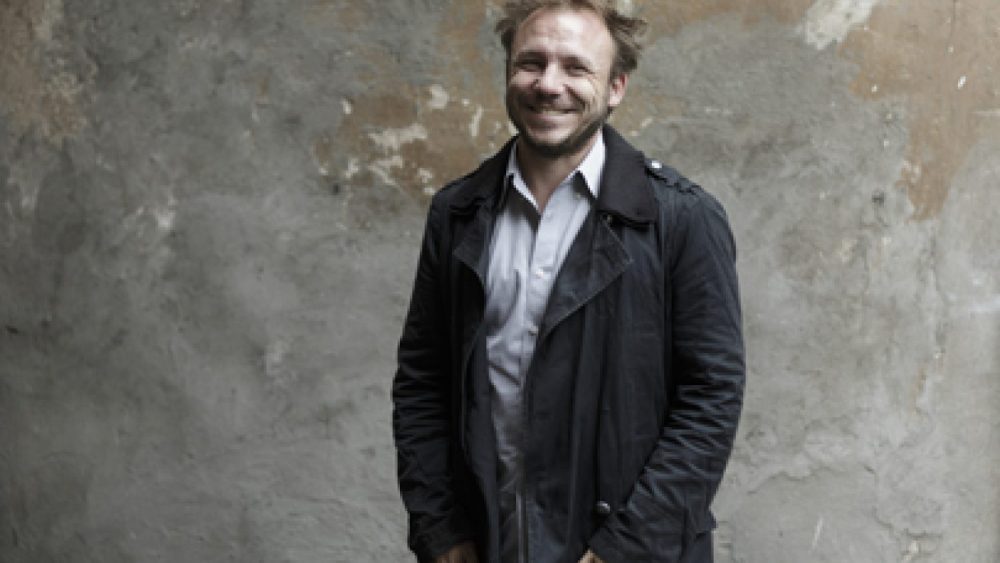Backlights of Finland
Although the Finnish Museum of Photography lies in Helsinki there is a great deal of independent and regional photographic centres in Finland. The Photographic Centre Nykyaika has been organising the international triennial in Tampere since 1987. There has been an intense debate on the relationship between documentary and art photography since the first festival, when the British trio Martin Parr, Paul Graham and Victor Burgin came to Tampere.
Backlight, the former documentary photo festival, is now one of the leading photo festivals in the Northern Europe. It has proven to be possible to make art photography accessible to big audiences, not just photo lovers. Although the prophets of the net are claiming and shouting the death of printed publications and exhibitions, regional photographic centres have gained more members. The social role of photo communties has more power than ever and the vernissages of the photographic exhibitions are must not only for the art-elite.
The theme and working title of the Backlight 2011 is Migration and Nomadic Living in 21st Century – Rural Traditions and Urban Hypes. It promotes intercultural dialogue by focusing on revealing the hidden, the veiled, the lost and forgotten. During the latest festivals the leading curator Ulrich Haas-Pursiainen has given more space for the German-speaking and Latin-speaking cultures. This year Russian photographers had their own exhibition Territories of Desire in the Tampere Art Museum.
Besides Tampere there are up-to-date photography centres in Jyväskylä, Turku, Oulu and Kotka. In Jyväskylä Kimmo Lehtonen organized the photo exhibition and conference Changing faces/Work in the 2000s. The project explored the changing nature of work in Europe and increasingly globalised world marketplace. Six significant contemporary photographers were commissioned to work in a country other than their own. A Finnish photographer Tuomo Manninen did his project in France. Where ever Manninen goes he uses a carefully staged and lighted method in his group portraits.

The magazine Photo Raw (founded 2007) has tried to cross the genre borders of photography. The magazine authors emphasize the principle of the Eyes Wide Open. The publication has made theme numbers, in which it examines the phenomenon of the documentary, photo journalism and photographic art. The magazine has performed in Visa pour l’image of Perpignan photo festival in France and well thanks to its contacts Photo Raw has received portfolios of world-famous photographers to publish in the magazine.
Photo Raw is bilingual (Finnish-English) and it is the perfect gateway for both the established photographers and the new generation of photographers, for whom it is otherwise difficult to publicise their work. Photo Raw has cooperated with the Finnish news photographers and has published in recent years catalogues of the Press Photos of the Year. For instance, the summer 2011 issue presented Paolo Pellegrin’s series of pictures from Gaza.
Finnish photographer Ilkka Uimonen’s work in the Middle East represents the same strong commitment to the tradition of artistic documentary photography as Pellegrin’s work in Gaza. Uimonen has worked for famous and widely circulated American and European magazines. A few years ago he left Magnum photo agency. His photo book Cycles (2004) on the Middle East conflict is a masterpiece, which deserves the same publicity as the Helsinki School photo books.
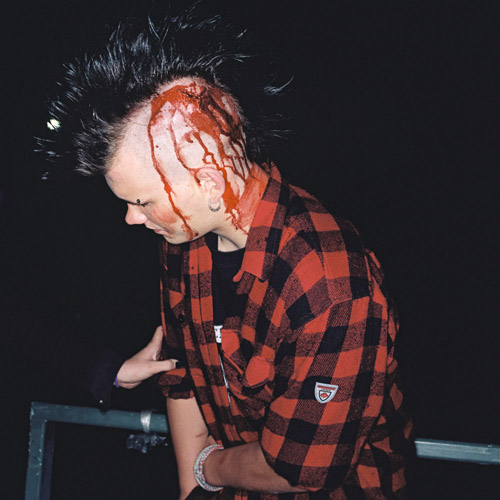
Photo artist Harri Pälviranta has done his carrier independently and mainly outside of Finland and the Helsinki School. His long lasting project on violence has its base in the documentary photography, however he makes a strong political and artistic statement with his series of violence. Along with the photography exhibition Pälviranta is working on his doctoral thesis at the Aalto University.
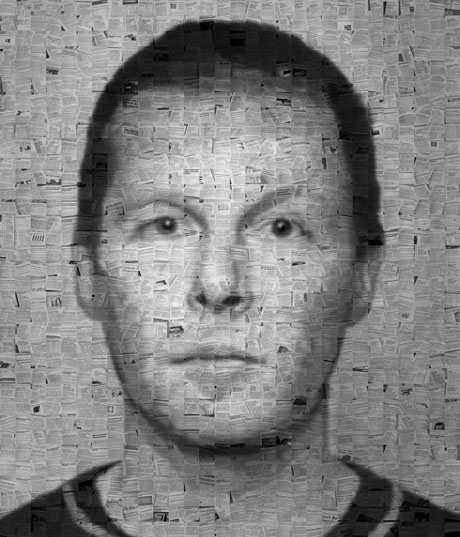
Pälviranta’s photographs show violence on three different levels: documentary street photography of battered people in the city of Turku, portraits of school shooters (including his own face, too) and guns in the houses. The battered people remind me of Weegee, who photographed street violence and disasters on the streets of New York during 1930-1940-ies. Portraits of school shooters are composed of media stories of the Finnish school shootings. There are thousand pieces in these collages. Pälviranta has taken gun pictures in Albania, where he visited people’s homes and saw the importance of the shotguns in society.

As a Tampere based photographer Marja Pirilä has specialized in camera obscura and pinhole techniques during the last 20 years. Besides the photographic work she has made many camera obscura sculptures with her husband, photographer Petri Nuutinen. Pirilä’s work of art has traditional but also very personal and intimate nuances. She has done series Interior/Exterior and Speaking House which both are done with the same technique. She uses a traditional SLR camera when exposing camera obscura views. The images are surrealistic. Still-life people are seen in their rooms and the outside world can be seen reflected upside down.
